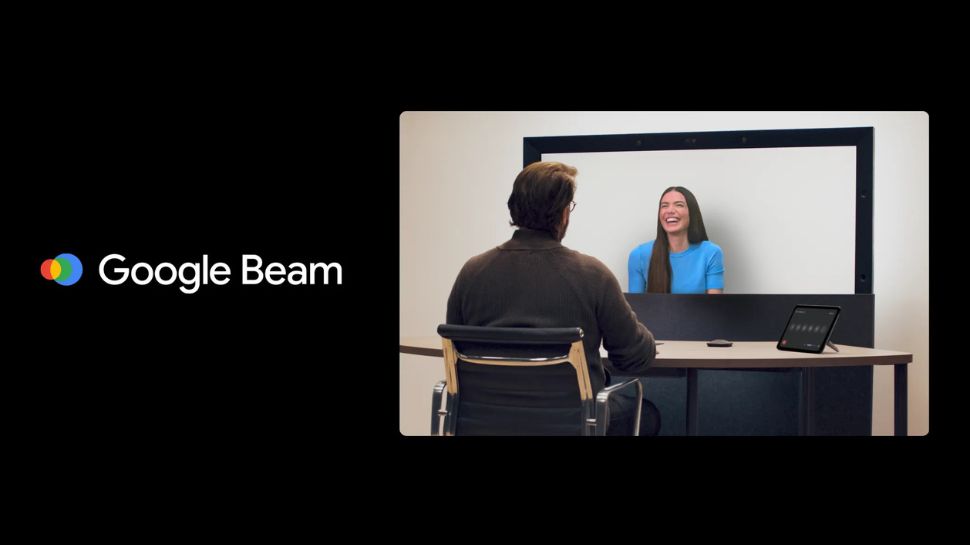Google Beam 3D video conferencing could change your work calls forever
Google confirms Project Starline is still a thing

- Project Starline becomes Google Beam, and will be for enterprises only
- AI turns feed from six cameras into 3D video, while AI translates from supported languages
- We'll see the first HP hardware to support Google Beam at next month's InfoComm conference
After around four years of very few apparent developments, Google confirmed that its Project Starline is still going ahead at its annual developer conference, I/O, in 2025.
This time under the new and public-facing name of Beam, the concept revolves around life-like video calls that use advanced hardware, computer vision and machine learning to create 3D video conferencing experiences with no glasses or headsets needed.
Rather than gathering data from tens of cameras (it still uses six), Beam will use a state-of-the-art AI volumetric video model to convert 2D video into a realistic 3D feed.
Google's Project Starline becomes Beam
Besides six cameras, Google has confirmed that Beam will use a light field display for true depth and a sense of dimension. The AI merges the six video streams, tracking head movements and rendering the video call at 60fps. Beam can also support natural eye contact and subtle expression recognition to make the video call hyper realistic.
Being a flagship video conferencing tool, it should come as no surprise that this 3D holographic platform will get the same real-time speech translation that Meet gets, with the system able to maintain voice, tone and facial expressions for natural multilingual communication.
However, there's a big catch, and it's not the price (which is unconfirmed). It's that general consumers won't get to experience the tech unless they work for one of Google's enterprise clients. It'll launch to select customers later this year, with the first HP hardware devices being showcased at InfoComm next month.
For context, Logitech's Project Ghost, a similar pod-based system that aims to curb Zoom fatigue with a slightly less advanced 2D system, costs around $15,000-$20,000 per booth.
Sign up to the TechRadar Pro newsletter to get all the top news, opinion, features and guidance your business needs to succeed!
Google confirmed that Deloitte, Salesforce, Citadel, NEC, Hackensack Meridian Health, Duolingo and Recruit have all already registered their interest in Beam. Google Beam General Manager Andrew Nartker added: "We’re working with industry leading partners like Zoom and HP to bring Google Beam to enterprises."
You might also like
- Look your best with the best business webcams
- Need an upgrade? Consider one of the best business laptops
- Google Meet will now use Gemini to suggest "next steps" after your team meetings
With several years’ experience freelancing in tech and automotive circles, Craig’s specific interests lie in technology that is designed to better our lives, including AI and ML, productivity aids, and smart fitness. He is also passionate about cars and the decarbonisation of personal transportation. As an avid bargain-hunter, you can be sure that any deal Craig finds is top value!
You must confirm your public display name before commenting
Please logout and then login again, you will then be prompted to enter your display name.
